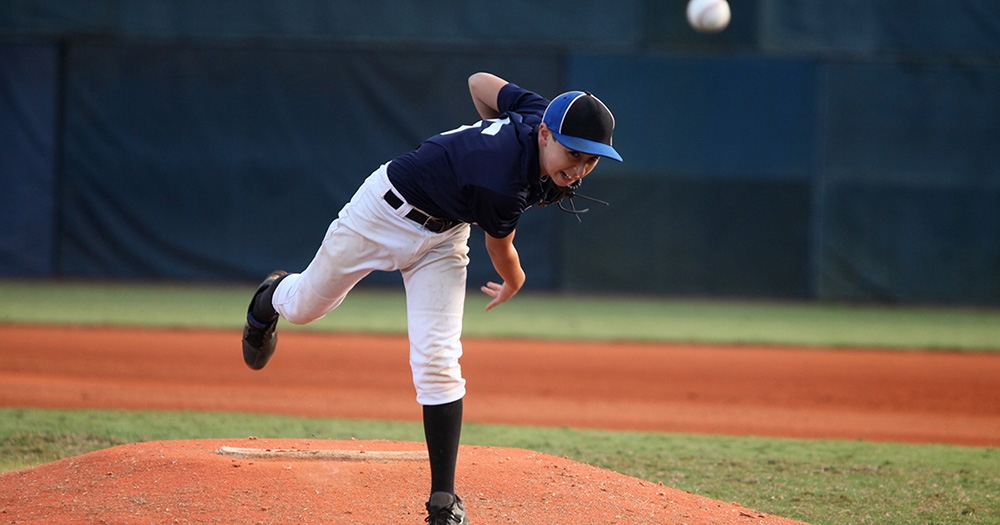From building friendships to getting regular exercise, sports offer a lot of benefits for people of all ages. It’s fun, but unfortunately, playing sports can also be dangerous.
An estimated 8.6 million Americans suffer sports-related injuries each year. While it’s impossible to prevent every sports injury, there is a lot you can do to protect your health and boost your performance.
Kristopher Downing, MD, & James Andry, MD are sports medicine physicians at Upper Extremity Specialists of Ortho 1 Medical Group. They work with athletes of all ages to prevent and treat injuries. In this blog, we explain steps you can take to stay as injury-free as possible.
Warm up and cool down every time
While it can be tempting to jump straight into your workout, warming up and cooling down every time you exercise is one of the best ways to avoid sports injuries. Stretching before and after workouts can help you build flexibility and reduce your risk of muscle strain.
Warm up with dynamic stretches before your workout. Dynamic stretches incorporate active movements that can help increase blood flow to your joints and muscles.
After your workout, cool down with static stretches. With static stretches, you hold a single position for several seconds at a time, which helps stretch muscles to reduce stiffness.
Don’t skip cross-training
No matter your sport, cross-training is essential. Cross-training involves engaging in activities that are outside of your sport to build strength and flexibility.
For example, if you play tennis, you might consider swimming on your off days. Or, if you play basketball, you might consider playing baseball on your off days. Engaging in activities outside of your sport can help you increase strength and endurance and give your body a break from your chosen sport.
Strength training is another key component of cross-training. This means strengthening the muscles you need in your sport as well as strengthening your core. When it comes to strengthening your core, you can try exercises like planks and crunches.
Make recovery days a part of your training plan
Rest days are just as important as training days, especially if you’re an avid athlete. Rigorous training makes the body work overtime, and failing to rest can lead to overuse, decreased performance, and even injury.
Your body needs time to recover. On rest days, your muscles are rebuilding, growing, and strengthening. To keep your body at its best, make sure to take at least one day off each week and mix lighter workouts into your training plan.
Take time off to heal if you get injured
Even if you do everything right, sports are unpredictable, and you might still get injured. If it happens, getting the right care is critical to getting back into the game.
Never play through any pain. If something hurts, stop what you’re doing and get checked out. Dr. Downing and our team specialize in diagnosing and treating sports injuries, and we can help you find out what’s wrong and start a treatment plan.
Healing from most sports injuries requires a period of rest, followed by a gradual increase in activity. Physical therapy can help strengthen your body and lower your risk of re-injury once you go back to sports. It’s important to allow your body the time it needs to recover and not rush the healing process.
Whether you’ve suffered an injury or you’re trying to prevent one, we can give you the care you need. To learn more, book an appointment online or over the phone with Upper Extremity Specialists today.


